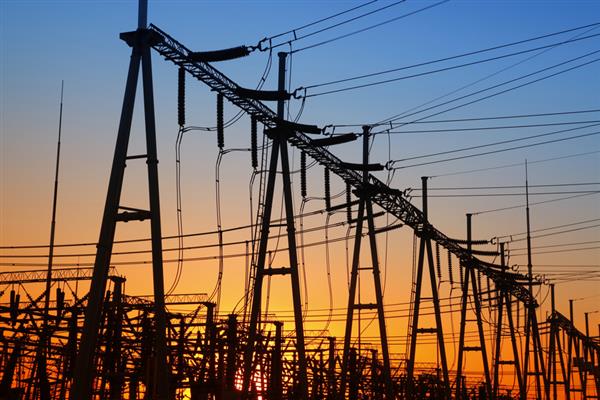Srinagar, Dec 12: Jammu and Kashmir has made significant strides in reducing its power deficit, with the gap falling from 18.8% in 2019-20 to just 1.4% in 2023-24. According to data accessed by Rising Kashmir, the total power generation in the Union Territory (UT) has steadily improved, while the demand for electricity continues to rise.
In 2019-20, J&K generated 18,094 million units (MU) of power, including 443 MU from renew-able sources. However, the UT’s power demand stood at 20,025 MU, resulting in an 18.8% defi-cit. To meet the shortfall, J&K imported 10,992 MU of power via interstate transmission.
The situation showed slight improvement in 2020-21, with total generation decreasing marginally to 17,003 MU, though renewable generation remained stable at 439 MU. The UT’s energy re-quirements increased to 19,773 MU, leading to a 12.9% deficit. To bridge the gap, power imports rose to 12,156 MU, further highlighting the challenge of balancing local generation and demand.
By 2021-22, total generation rose to 17,074 MU, with 416 MU from renewable sources. Howev-er, power demand continued to climb to 19,957 MU, creating a 7.6% deficit. To meet this, J&K imported 13,370 MU, showing a continued reliance on external sources despite improvements in local power generation.
In 2022-23, J&K’s total generation dropped to 16,777 MU, but renewable generation increased slightly to 393 MU. The power deficit reduced to just 1.6%, with 19,639 MU required and 19,322 MU supplied. This year showed considerable progress, as the reliance on imported power decreased, although the UT’s demand increased, with imports rising to 14,278 MU.
The year 2023-24 saw a total generation of 15,874 MU, with 409 MU from renewable energy. Despite an increase in demand to 20,040 MU, the deficit remained minimal at 1.4%, with 19,763 MU supplied. However, J&K still imported 14,639 MU, indicating that while local generation capacity is improving, the demand is growing at a faster pace.
In the first half of 2024-25 (April-October), total generation further decreased to 12,680 MU, with 325 MU from renewable sources. For the first time in years, the UT required only 11,097 MU of power, with 11,042 MU supplied, resulting in a negligible deficit of 0.5%. The net import figure dropped significantly to 6,687 MU, signaling a shift towards reduced dependence on ex-ternal power sources.
An official told Rising Kashmir that the J&K government is actively working to address ongoing challenges in the power sector by expanding energy capacity and reducing reliance on interstate imports. The promotion of renewable energy, particularly solar and hydroelectric power, is central to J&K’s long-term energy strategy. Several projects are already underway to harness the region’s vast renewable energy potential.
“By integrating more renewable energy sources into the power mix, we aim to reduce our carbon footprint and lessen dependency on conventional power sources, contributing to national efforts to combat climate change,” the official added.









